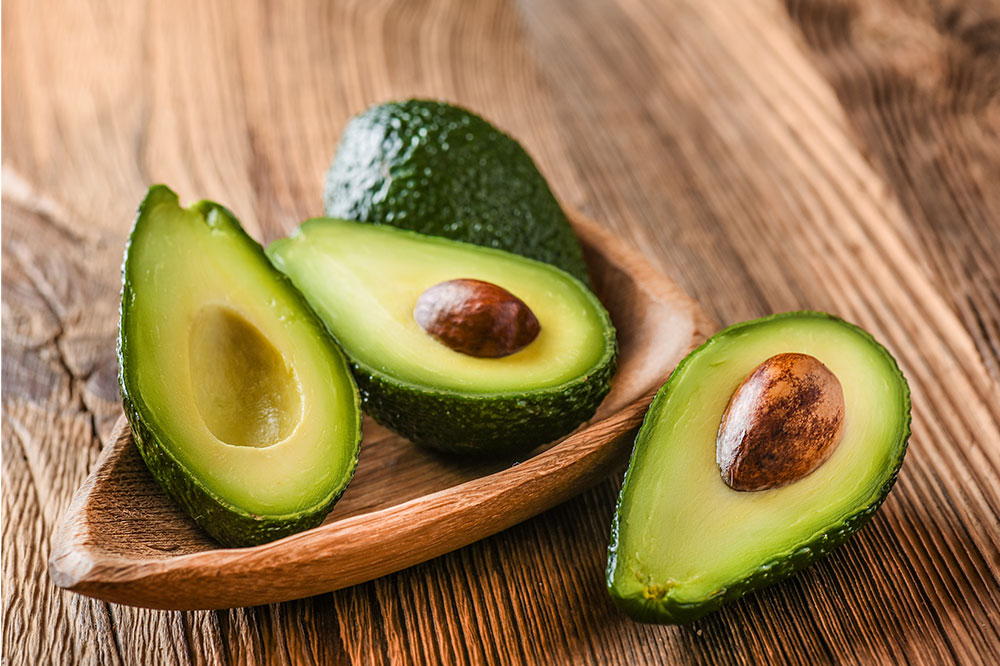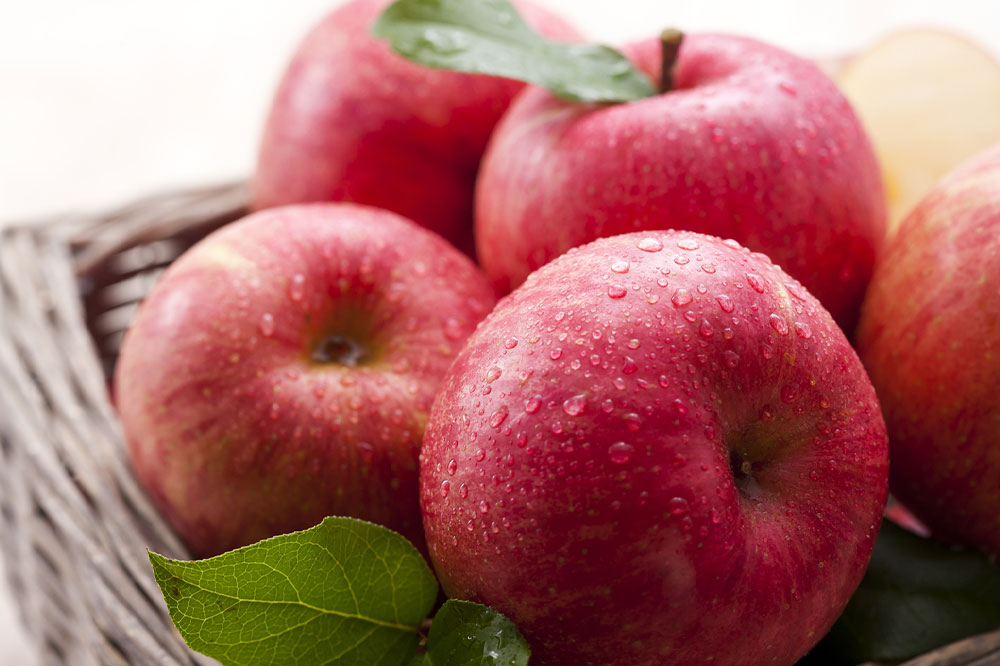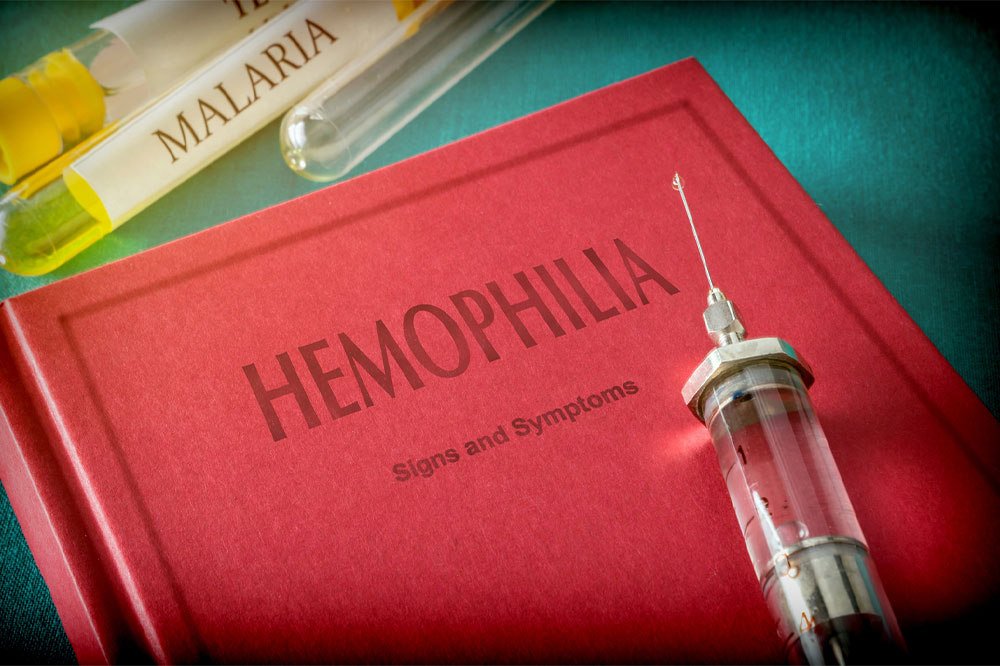
6 superfoods for lactating mothers
Lactating moms should fuel their bodies with the best foods so the child grows healthier. During the time of breastfeeding, the mother’s body is making milk 24 hours per day. Generally, breastfeeding moms feel hungry ever so often. This appetite comes from the energy the body polishes off for producing milk. High on energy and low on calories, these six superfoods offer adequate nourishment for the mother and the child. Avocados Avocados contain healthy fats that will not only provide you with necessary energy over the course of the day but also assist you in controlling your cholesterol levels. Avocados are also plentiful in protein, vitamin E, and folate, all of which assist in the improvement of your child’s focal sensory system. Nuts Nuts are full of essential minerals such as iron, calcium, zinc, vitamin B, and vitamin K. They contain fatty acids and protein. Nuts are considered lactogenic in many parts of the world, meaning they are sometimes used to produce breast milk. Legumes or beans Legumes are a versatile food option for breastfeeding mothers, as they are a rich source of folate, iron, protein, vitamins, minerals, phytoestrogens, and fiber. Breastfeeding mothers require extra 25 grams of protein per day.
Read More 










